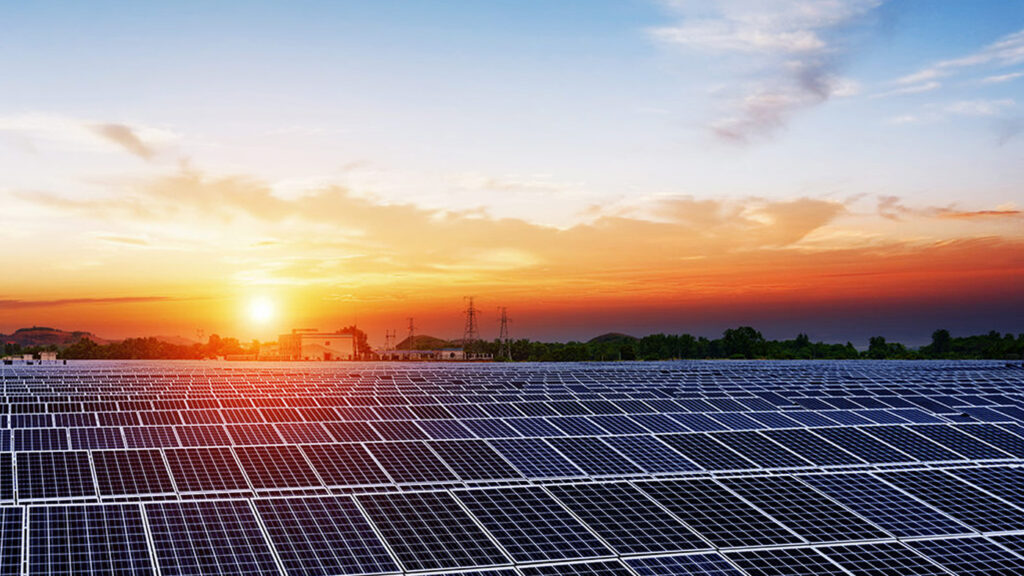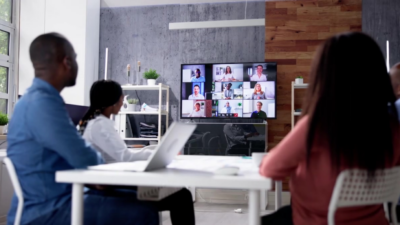Always ahead of the pack, Apple recently announced it is now globally running on 100% renewable energy. This includes Apple retail stores, data centers, offices and locations in 43 countries. The Apple Park facility in Cupertino houses a large solar installation on its roof – the hallmark of the company’s green efforts – and according to the Solar Energy Industry Association (SEIA), the tech giant now ranks as number four of the top 10 corporate solar energy producers in the U.S. Through their energy projects and power acquisition agreements, the company now expends more green energy than fossil fuel energy. That’s a big deal for a global company.
With sustainability becoming a greater focus for both CRE and the general public, we are always looking for ways to increase our sustainability efforts. Incorporating energy conservation best practices and LEED certifications in our property management has long been a priority, but there is more work that can be done.
According to the U.S. Green Building Council, the top two reasons for building green are a 35% increase in client demand and 33% increase in market demand. With lower operating costs and better indoor environmental quality, LEED-certified buildings are more attractive to a growing group of corporate buyers. Buildings with high performing sustainability amenities are having a positive impact on tenants’ decisions about leasing space and buyers’ decisions about purchasing properties.
Moreover, the movement to create and incorporate sustainable practices is gaining momentum with younger professionals. Green building and management practices often appeal to millennials, who have a commitment to the environment and are concerned with social responsibility.
Here Comes the Sun
Apple’s rooftop panels have shown us just how effective solar energy is. The SEIA reported Apple’s onsite solar installations together create 79 megawatts of power. This means their panels produce enough electricity annually to fully charge more than 44 million iPhones every day for a year! That’s an astounding amount of energy harnessed from nature.
Thanks to grid parity, panel prices have dropped 90% and solar installations have grown substantially over the past decade, with the cost of energy produced from the sun now equivalent to retail utility prices. Additionally, many states offer incentives to encourage job creation and meet clean energy goals.
Raising the Roof
No longer a novelty, green roofs and rooftop gardens have become a big business for corporations. In addition to providing practical benefits such as moderating rooftop temperatures to help lower HVAC costs, they provide protection from potential catastrophic environmental factors.
I recently learned about a company called LA Urban Farms, who has been partnering with corporate clients, major hotel chains and universities to transform small spaces and grow aeroponic gardens on rooftops. These vertical gardens use 90% less water than soil gardens, minimal power and the food grown can be used by the tenants. One of their recent partnerships was with a client who used technology that creates water from the air, and uses solar panels creating completely sustainable gardens.
How Smart is Your Building?
If you haven’t already jumped on the smart home bandwagon, you’re missing out. I love having a device that monitors my lights, security and heating and cooling that I can control from my phone. And my husband likes that he can change the temperature in our home through his device! Smart home technology has proven successful in residential properties, saving homeowners money, not to mention the ease of use. Buildings are following suit. For existing buildings not equipped with amenities like solar panels or sustainable roofs, monitoring water consumption, HVAC data, lighting usage, etc. gives insight into what is being used effectively and what resources are being wasted. Using that data to create or amend schedules or installing an energy metering system, can have a significant impact on the building’s footprint and save tenants money.
Deloitte Insights released a study this week that shows both consumers and businesses are pushing a cycle of sustainability using digital technologies. Millennials are a driving force and it’s exciting to see how this movement has taken root. I’m looking forward to seeing what’s next.
A mentor, a real estate executive and a mom, Karen spends time all over the map. If she isn’t traveling, Karen is busy with everything from IREM to Virginia Tech’s Real Estate program. When she has a few minutes to spare, she considers it a personal mission to find new homes for all of Lucky Dog Animal Rescue’s four-legged companions. Keep up with Karen on social media @KarenJWhitt.

 Karen Whitt
Karen Whitt

 Anthony Shell
Anthony Shell
 Andrew Steele
Andrew Steele
 Aaron Jodka
Aaron Jodka Michelle Cleverdon
Michelle Cleverdon